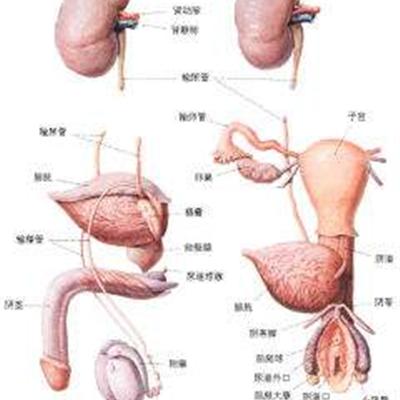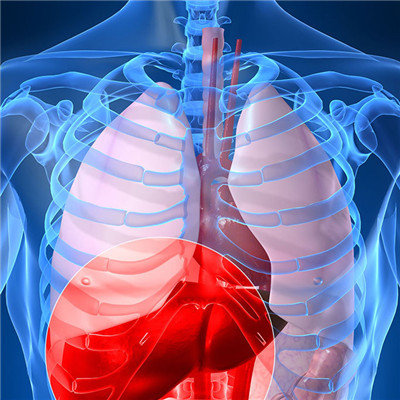Teach you to distinguish diseases from tongue coating
summary
We should attach great importance to physical diseases. For diseases, many people hope to take precautions. In fact, as long as you learn to look at your tongue in life, you can roughly identify the health status of your body, and even judge some diseases. We should learn to judge the pathological changes of different organs by observing the changes of different parts of the tongue. Traditional Chinese medicine often refers to tongue coating as "gastroscope of traditional Chinese medicine" and regards tongue changes as barometers of human health. Let's take a look at the following.
Teach you to distinguish diseases from tongue coating
First, white moss is generally expressed as exterior syndrome and cold syndrome. Thin white and moist tongue coating is the normal tongue coating. At the same time, thin white tongue coating also means that the disease is on the body surface but not in the body. The tongue coating is thin, white and over lubricated, which is more common in superficial cold syndrome. The thin white and dry fur is the syndrome of exterior heat or dryness. The tongue coating is white, thick and dry, which represents dampness and turbid heat.
Second, the tongue coating is white, smooth and rotten, which is the accumulation of heat in the stomach. If the moss is as white as snowflakes and dry, it is called "snowflake moss", which means that the spleen is cold. When the tongue and mouth are full of raw clothes, moldy moss or erosive spots appear, it is a dangerous symptom of Stomach Qi decay and visceral Qi will disappear.
Third: the syndrome of yellow moss dominating internal heat. If the tongue coating is thin, yellow and dry, the interior is hot and the body fluid is damaged. The tongue has cracks. It is extremely hot in the interior, body fluid is injured, and viscera are hot. Tongue coating is yellow, thick and greasy, mostly phlegm heat, food accumulation or damp heat. Tongue coating is yellow, smooth and moist, which shows Yang deficiency
matters needing attention
The tongue coating is full of white coating, which is not dry when touched. It is called "powdery white coating", which indicates the plague. Moss is white and dry, known as "rough split moss", which is more common in warm heat disease. The tongue is white and smooth, representing cold syndrome or cold dampness syndrome. The tongue coating is white, smooth and sticky. It can be seen in the body with phlegm dampness or dampness trapped in the spleen.













